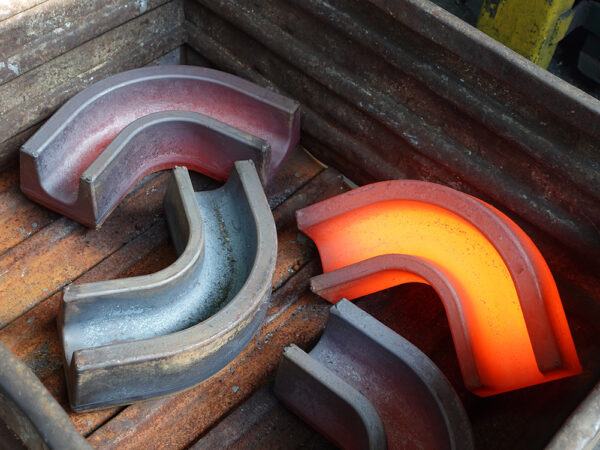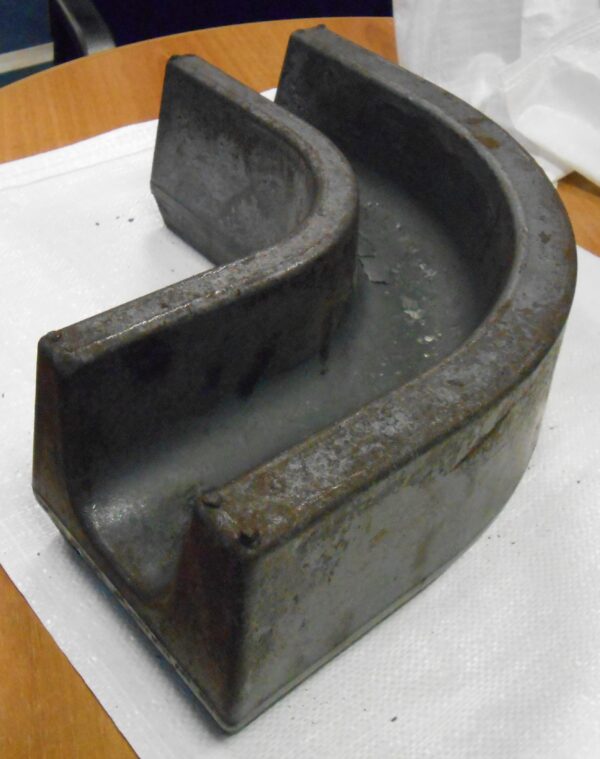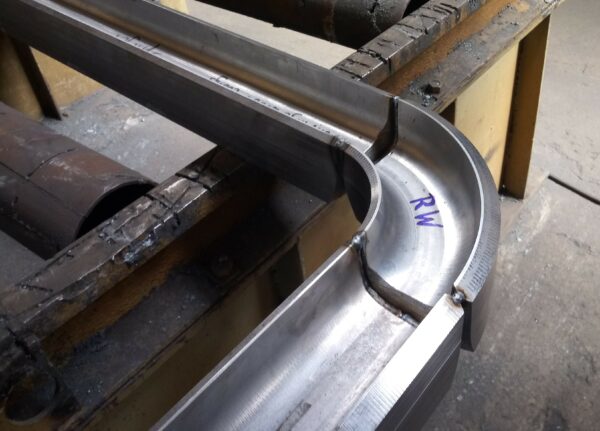Steam locomotives are always a challenge in boiler design, and the larger the power output the bigger the challenge. The restrictions of maximum axle load and of the loading gauge (clearance with bridges etc) means that steam locomotive boilers have to be pushed much harder than corresponding static installations where weight and size are not usually a problem. A further issue is the frequent and extreme variation in required power output from almost nothing when stationery to the maximum power output of the locomotive.
Today most locomotive boilers experience a harsher operating regime compared with when the railways were operated by steam. Main line locomotives in particular suffer from being put into steam for one or two charters then allowed to cool down. Back in steam days a typical boiler was in steam for three weeks continuously and then taken out of steam for a washout and inspection, returning to steam immediately.
The second and more significant effect is what can be termed micro-cycles. This is the difference between the boiler idling where the heat input is just sufficient to maintain boiler pressure against radiation and convection losses and full power. This shows up a disadvantage of a steel firebox. Steel has only 1/7th of the thermal conductivity of copper, although as it is stronger, it will usually be thinner than a corresponding copper inner firebox. Steel is much cheaper and easier to repair or replace, which is its advantage. On a typical full day railtour with Tornado between 20 and 30 micro-cycles can be experienced. Meiningen replaced the corners and the boiler went on to the end of 2014 when the first overhaul was undertaken by which time cracks were beginning to form in the foundation ring corners. This is not unusual on this style of boiler and is not unique to Tornado.
Meiningen’s normal method for manufacturing foundation rings is to machine their component parts out of 100mm thick boiler plate. Whilst this works satisfactorily for the straight front, back and sides, it has a disadvantage for the corners. Steel plate is achieved by repeatedly rolling a billet of steel when white hot until it is the desired thickness. Unfortunately in our foundation ring corners, the high stresses from the micro-cycles act across the thickness (weakest direction) of the plate. For most large German locomotives they do not operate at anything like the frequency or output of Tornado so the cracks form over a longer time period, but we have witnessed the same issues on 01 and 03 Class boilers at the Meiningen works.
Traditional riveted copper inner/steel outer fireboxes have foundation rings which are forged, ie formed by hammering when hot. This enables the grain to be pushed into the direction required to improve the strength/fatigue properties of the steel.

A newly forged foundation ring corner – A1SLT
With this in mind we approached the forging industry in 2014 to produce forged corners for Tornado’s boiler and Brooks Forgings at Cradley Heath in the West Midlands came up with a good solution. In order to achieve the accuracy we require, they made a set of closed die forging tools and we acquired 12 corners to bring the unit price down and to have some in stock. The results have been much better with the boiler going for three and a half years before showing signs of cracks beginning to form. In addition, we have been able to develop a method for cutting out the cracked metal and welding in fresh with the boiler on the frames. This should ensure that with one relatively easy repair intervention, the boiler will last between major overhauls without being removed from the frames saving significantly on time and cost.


The forgings cooling and one ready for use – A1SLT
Subsequently the eight spare corners were sent to Meiningen to be incorporated into the two new boilers (P2 and spare), however as events have panned out, Meiningen are now overhauling Tornado’s existing boiler which means that we needed another set in a hurry. Brooks Forgings has responded magnificently to our urgent request and have supplied four more corners in quick time. As you read this they are already in Germany and will be fitted to the boiler ready to give good service in the coming years.
